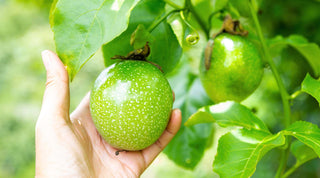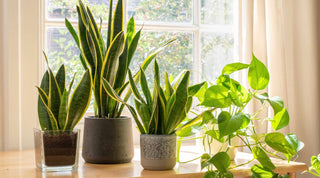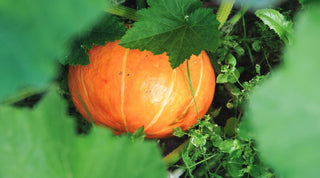Mulching is not just a way to make your garden look tidy; it's a crucial practice for enhancing plant health, conserving water, and suppressing weeds.
Understanding why to mulch, the best times for mulching, and the ideal types of mulch can transform your gardening strategy. This post delves into the art of mulching, offering guidance to gardeners aiming to nurture their gardens more effectively.
Why Mulch Matters in Your Garden
Mulching provides a multitude of benefits. It helps regulate soil temperature, keeping roots cooler in summer and warmer in winter. Mulch also retains soil moisture by reducing evaporation, meaning less frequent watering and a more drought-resistant garden. Additionally, it suppresses weed growth, reducing the need for chemical herbicides and laborious weeding. Over time, organic mulches break down, improving soil structure and fertility. This not only encourages beneficial microbial activity but also makes nutrients more accessible to your plants.
The Best Times to Mulch
Timing is key when it comes to mulching. In general, the best times to apply mulch are in late spring after the soil has warmed up, and in fall to protect plants over the winter. Mulching too early in spring can slow soil warming and plant growth. In fall, wait until after the first hard frost to apply winter mulch. This timing helps to maintain consistent soil temperatures, preventing premature growth during warm spells.
Choosing the Right Mulch for Your Garden
Selecting the right mulch depends on your garden's needs and aesthetic preferences. Here’s a rundown of the most beneficial types:
Tips for Effective Mulching
- Depth Matters: Apply a 2-3 inch layer of mulch for optimal benefits. Too much can suffocate plant roots, while too little may not effectively suppress weeds or retain moisture.
- Keep Distance from Stems: Avoid piling mulch directly against plant stems and tree trunks to prevent rot and pest issues.
- Refresh Organic Mulches: Since organic mulches decompose, replenish them annually to maintain the desired depth and continue improving soil health.
Conclusion
Incorporating mulching into your gardening routine can significantly impact your garden's health, appearance, and maintenance requirements. You create a more resilient and thriving garden by choosing the right type of mulch and applying it at the optimal time. Whether you're growing lush flower beds, a productive vegetable garden, or maintaining a landscape, mulching is a simple yet powerful practice to enhance your gardening success.



